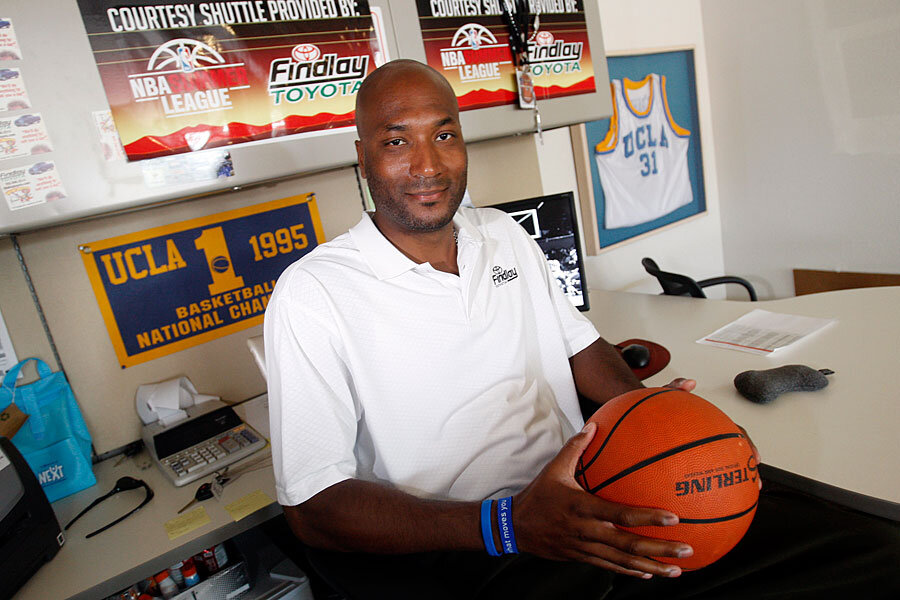Appeals court rules: no compensation for college athletes
Loading...
In a win for the college sports industry which has been fighting efforts to strengthen student athletes’ rights, the United States Court of Appeals for the Ninth Circuit ruled Wednesday that the National Collegiate Athletic Association (NCAA) can legally prevent colleges from compensating their athletes over and above the cost of attendance.
College sports have created an economic powerhouse, thanks to TV broadcast deals and merchandising. But with greater revenue comes greater frustration by student athletes, who often don’t see a single penny for use of their likenesses.
Simply put, the appeals court said that paying for college and its associated costs – and nothing else – is legally sufficient.
This latest ruling upholds part of a federal judge’s ruling in 2014 that found the NCAA violated antitrust laws, and that its practices have gone too far in the name of preserving amateurism. However, Wednesday's Ninth Court ruling did throw out a proposal that the NCAA permit colleges to “pay athletes $5,000 per year in deferred compensation,” according to The New York Times.
“I would say this is a huge victory for the NCAA,” Gabe Feldman, a professor at Tulane University’s law school, told the Times. “There was some question about the future of the amateurism model and at least for now, a majority of this panel of the Ninth Circuit has reaffirmed the NCAA’s amateurism model and their definition of amateurism.”
In 2009, former UCLA basketball star Ed O’Bannon filed a lawsuit against the NCAA for their use of his likeness in television broadcasts and video games, arguing that he was entitled to some of the subsequent revenue.
But the NCAA strongly believes that paying student athletes would be fundamentally counterintuitive to the purpose of higher education. The organization says a model of “amateurism,” in which athletes are not treated as professionals, is crucial to keeping focus on schoolwork. But as The Christian Science Monitor reported, the amateurism model is not altruistic.
The NCAA and universities argue that paying student athletes makes them employees of the university, and would shatter the notion and the idea of amateur athletics, according to a PBS 'Frontline' examination. They contend that college athletics revolves around the spirit of competition and an athlete agreeing to participate in intercollegiate sports is exchanging the gift of a free or highly reduced cost of a college education for the privilege of competing, according to the report.
But Mr. Oliver dug deeper and took the argument back all the way to the 1950s, where he explained Walter Byers, the then-executive director of the NCAA, put forth the amateurism/'student athlete' model as a means for universities to avoid covering athletes for workplace compensation, which was also profiled in an Atlantic Magazine story.
As the Times notes, this recent ruling does not mean the game is over for the debate and litigation surrounding college sports. Previous cases have argued that under federal labor law, football players may unionize. That argument may still have a lifeline.
One of those cases, spearheaded by the lawyer Jeffrey Kessler, essentially seeks a free market for athletes in top football and Division I men’s basketball programs. Kessler declined to comment Wednesday on the Ninth Circuit’s ruling. That case is expected to be remanded to a federal district court in New Jersey, where, in turn, any eventual appeal would go to a different circuit court.
At a basic level, Wednesday’s Ninth Circuit ruling should give such a case hope, since an alternative would have been to find that, as the NCAA insisted, rules restricting compensation are justified under antitrust law.





